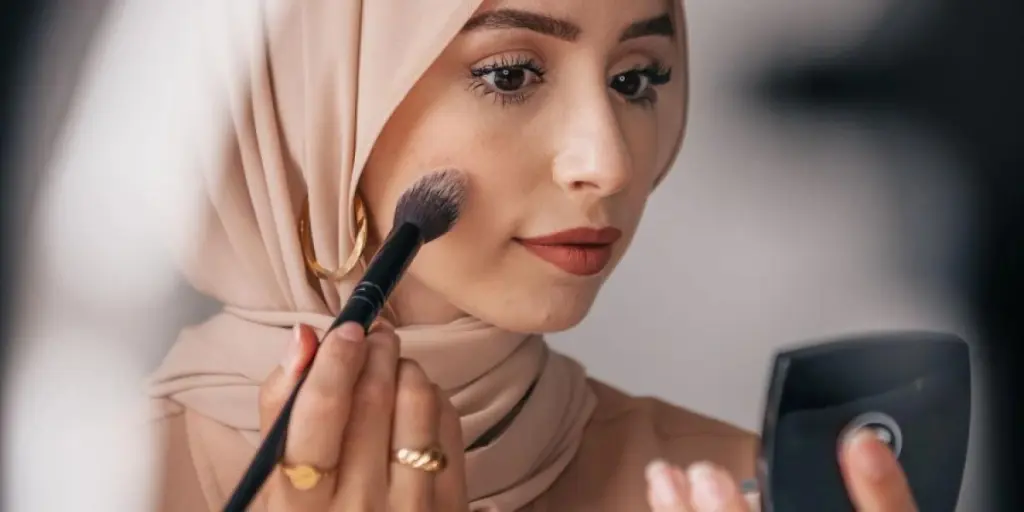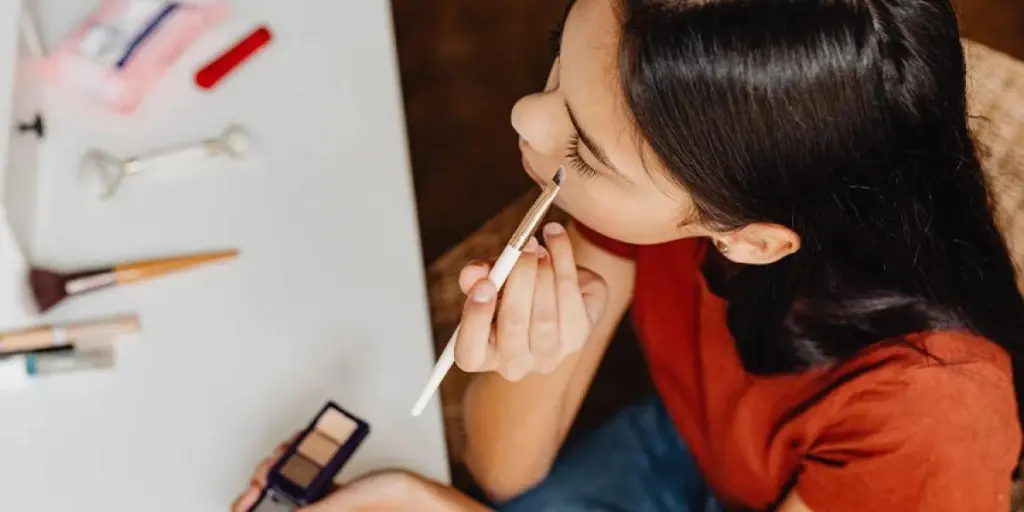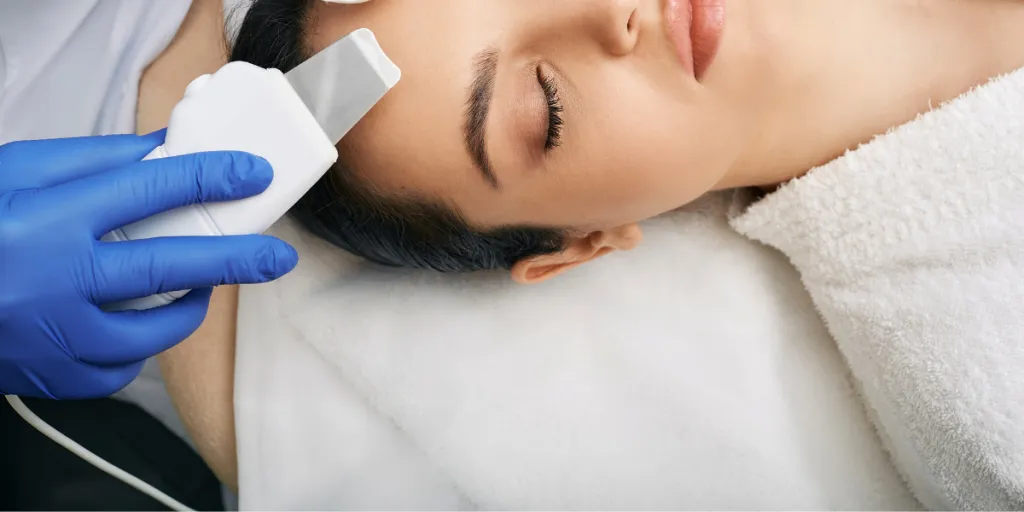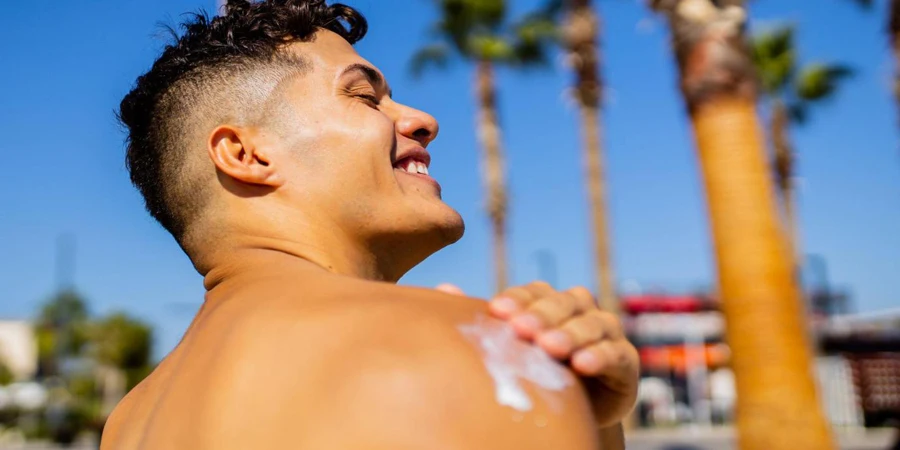The Festival of Sweets is just around the corner, and it’s a time when people try to wear their best looks and generously give gifts to others as a celebration of the end of the month-long fasting and reflection.
Eid al-Fitr isn’t just about celebratory feasts though, as it’s also a moment for beauty aficionados to set off trends in the beauty industry.
By diving into these key directions, businesses can adjust their product line-ups and marketing focuses accordingly, letting them stay ahead of the competition.
In this article, we’ll explore the current beauty market, how it’s affected by these trends, and the products that would help you follow the shifts in demand, from traditional skincare to pop lip colors.
Table of Contents
The current market for beauty products
7 key trends in the Muslim beauty industry
Getting on board with beauty trends
The current market for beauty products

By 2025, Muslims worldwide are projected to spend as much as US$ 2.8 trillion, according to the recent State of the Global Islamic Economy Report. This is a cumulative amount expected to be generated by approximately 1.9 billion Muslims globally.
While they’re forecasted to have higher disposable finances, they have also grown more selective about their purchases, whether for personal use or as presents. This is highly influenced by global financial hardship.
Their astuteness is particularly seen among individuals in Indonesia and Malaysia, with minimal eco-footprint as one of their key purchase motivators. Products crafted according to Halal standards will also gain traction in the current market, especially among the younger generation, but more generally Halal certifications would be a top buying factor for most Muslim shoppers.
Aside from these aspects, consumers would also appreciate products celebrating traditional heritage, as well as those that are all-inclusive, genuine about unsexy beauty, and bring back nostalgic memories.
7 key trends in the Muslim beauty industry

1. Going for traditional goods
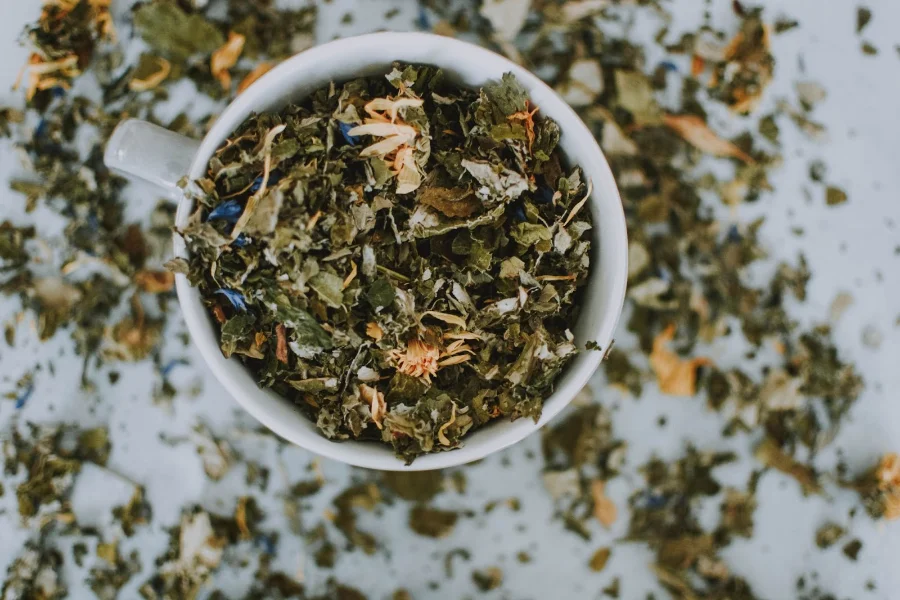
As with other cultures on the planet, Muslims have a deep heritage that they want to recognize and celebrate. For example, the Turkish traditionally give their guests lemon colognes to express that they’re well-received in the host’s residence.
Meanwhile, those of Indonesian descent use mangosteen as a herbal remedy, which is known for its ability to help relieve inflammation (and therefore, acne). Products inspired by stories and legends relevant to their culture would also be sought after.
Businesses can consider selling fragrances that draw inspiration from traditional crafts and practices. Effective herbal serums produced locally for the skin might also provide good sales opportunities.
2. Inclusivity matters
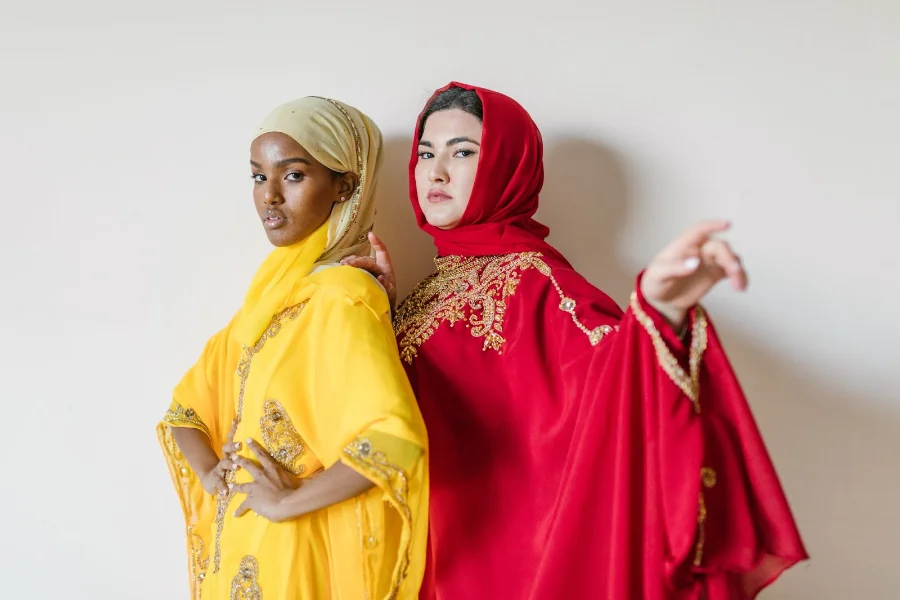
Either as a way to practice cultural values or combat financial challenges, living in extended families is a widespread custom in many Muslim-majority countries. And with most families affected by increasing living costs globally, their product choices have also shifted.
Most items purchased are often good-for-all types that can be used by anyone regardless of age and gender. Those that are clinically tested and dermatologist-tested become sought-after too, considering that people of varying skin types and generations would use them.
All-inclusive products like pregnant-safe serums would be a great addition to your product line-up. Offering these items in gender-neutral or gender-inclusive packaging would be ideal. Large sizes like jumbo moisturizers might also be popular.
3. Bringing back bright colors
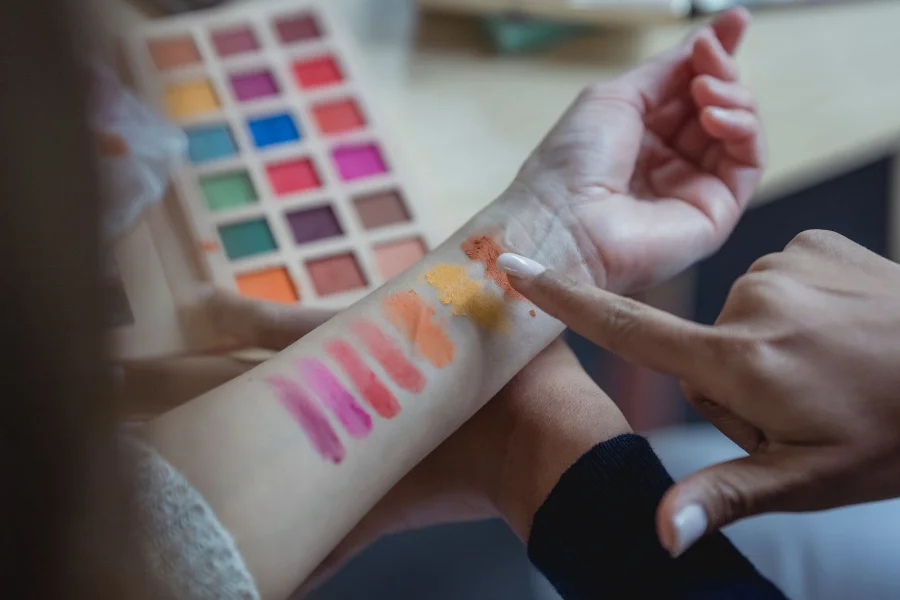
Self-expression through makeup is a rampant trend in Western countries, and the bright colors used there are also slowly influencing the styles among Muslim consumers. They will be looking to add a bold element to their overall makeup but will still keep a reserved and neutral look appropriate for the festival.
Products that lie in between bold and minimalist themes would be popular among consumers. These can be seen in not only facial beauty products but also in nails and hairstyles.
Consider offering multicolor makeup sets. Ensure that it covers a wide color palette — from Y2K colors to metaverse-inspired multichromatic hues — to encourage experimentation. Businesses can also sell cute facial stickers, among other accessories like colored false eyelashes and nail stickers.
4. Celebrate self-care

Aside from gift-giving and feasting, another theme at the center of Eid al-Fitr is self-care. Particularly, they will be using the festival as a way to take a break from stress and prioritize their well-being — mentally, emotionally, and physically.
One of the best ways to do this is aromatherapy, which uses scents and fragrances to induce a relaxing mood in people. Scented eye masks will be popular among consumers with this in mind.
Massaging one’s face with something cold would also be a common practice, making ice globe facial massagers sought-after to fight the usually hot weather during the fasting season.
5. Survival packs
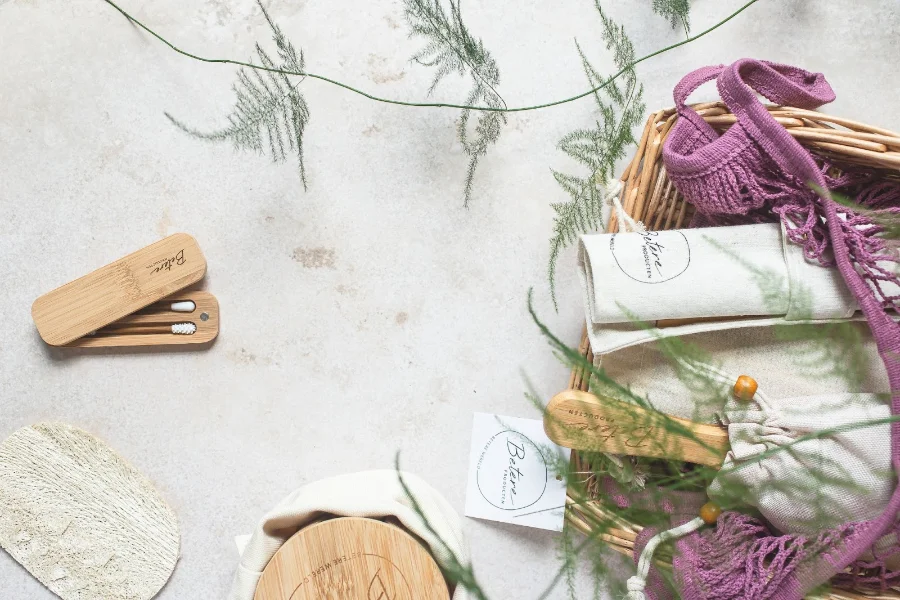
Muslim consumers would first go through a month-long fasting period before the Festival of Sweets, and this time might give rise to acne breakouts and other unwanted skin conditions like dehydrated skin and wrinkling.
Gen Z individuals would face these unsexy beauty conditions normally, turning to products that will maintain good skin health. Moisturizers would be sought-after, together with serums, cleansers, and other products that complete a skincare routine.
Stylish pimple patches would also be popular, especially among young buyers. Also, you want to ensure that SPF creams for both the face and the body would not be missing from your line-up.
6. Planet and people positive

One of the core values in this Muslim tradition is charity, not only towards people but also the planet. As such, businesses can expect consumers to put great value on cruelty-free beauty products, such as vegan lip plump oils, together with sustainable packaging.
Carbon-negative brands and those certified by B Corp to have good operations and causes would also receive popularity from consumers. Locally made products with materials sourced from farms (and therefore, empowers agricultural efforts) would also be sought-after.
Biodegradable products like some makeup blender sponges would also gain traction in the market.
7. Nostalgic kits

Consumers would also take time to bring back memories of retro styles and the ‘90s fashion. These would be seen in their cute makeup looks, coupled with childlike and fun fits that would help relieve the stress they get from day-to-day life.
People who wear such styles are usually dubbed kidults. Anime-inspired makeup kits would be popular among these consumers, so consider adding them to your collection. Adorable makeup tools like heart-shaped mirrors might also offer your customers a fresh option.
It’s also worth mentioning that #NostalgiaTok, a viral hashtag on the video-streaming platform TikTok, has approximately 110.4 million views. And a great example that fits this social media trend is a Sailor Moon-inspired makeup brush set.
Getting on board with beauty trends
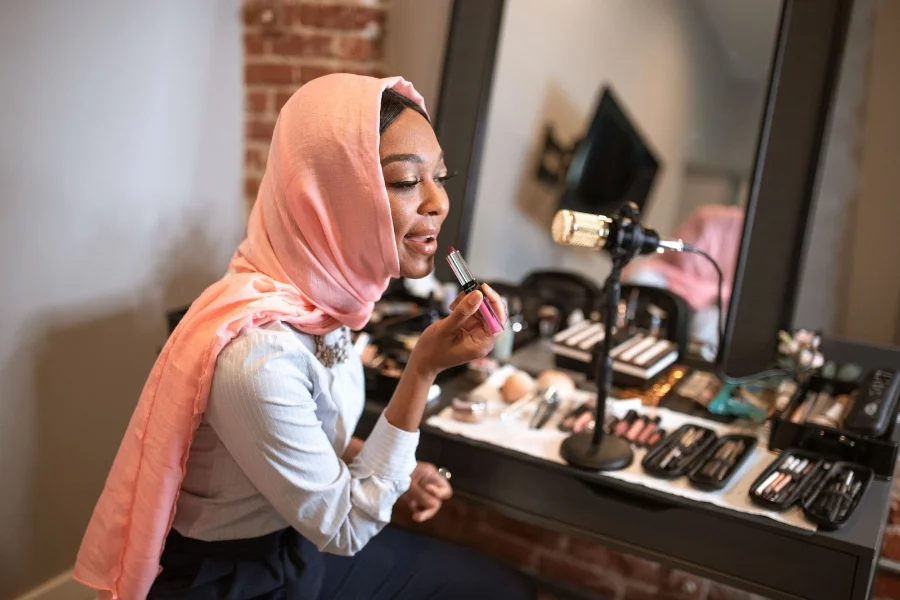
The Muslim consumer market is increasingly seeking products that celebrate their cultural heritage and promote diversity and self-care.
This shift in consumer preferences is reflected in the popularity of bright and nostalgic beauty products.
To capitalize on this trend, businesses should strive to align their offerings with these values and stay ahead of the competition during the upcoming Festival of Sweets. By doing so, they can successfully tap into the growing demand for inclusive and culturally relevant products among Muslim consumers.
